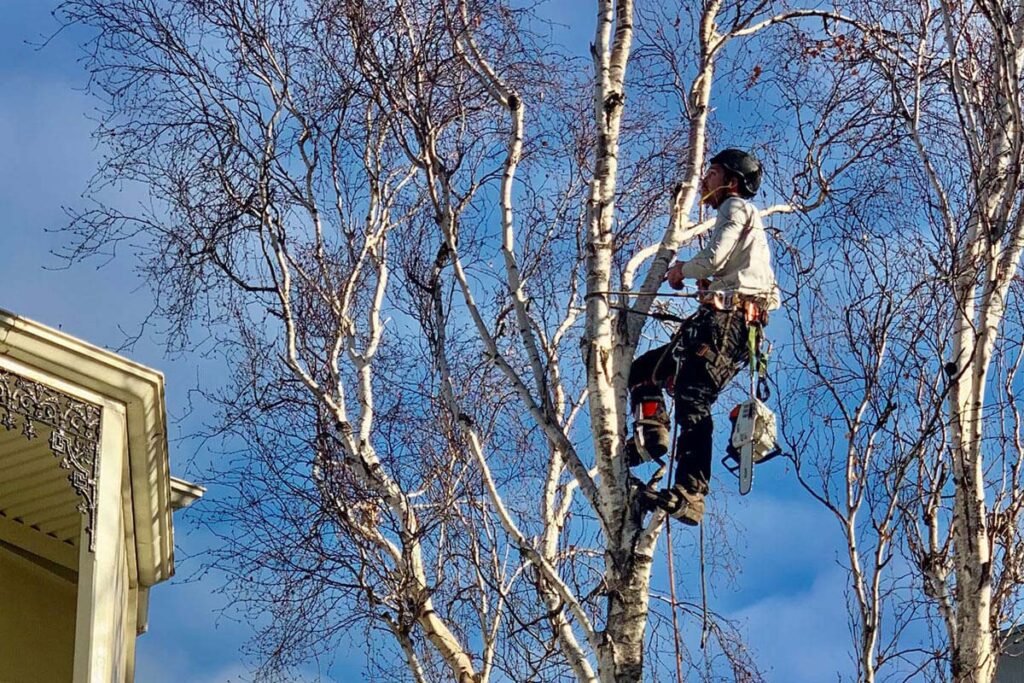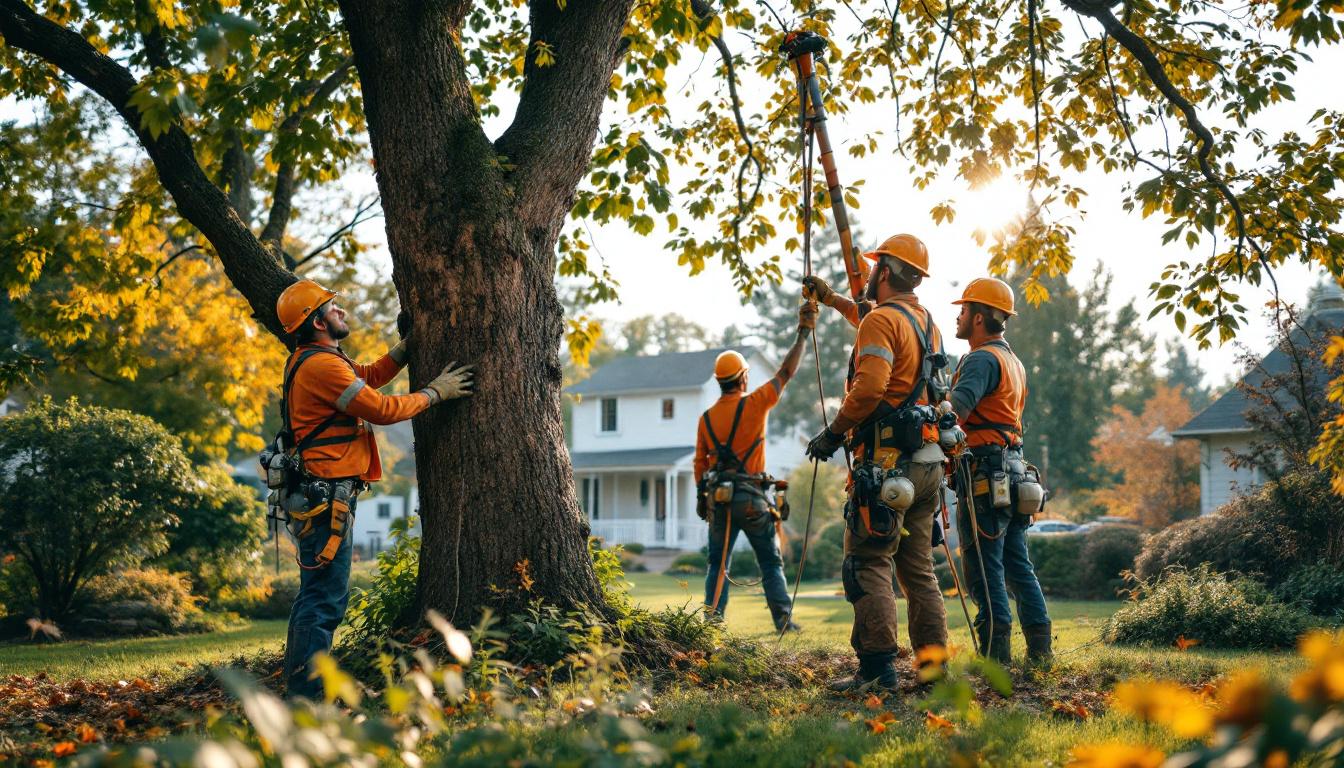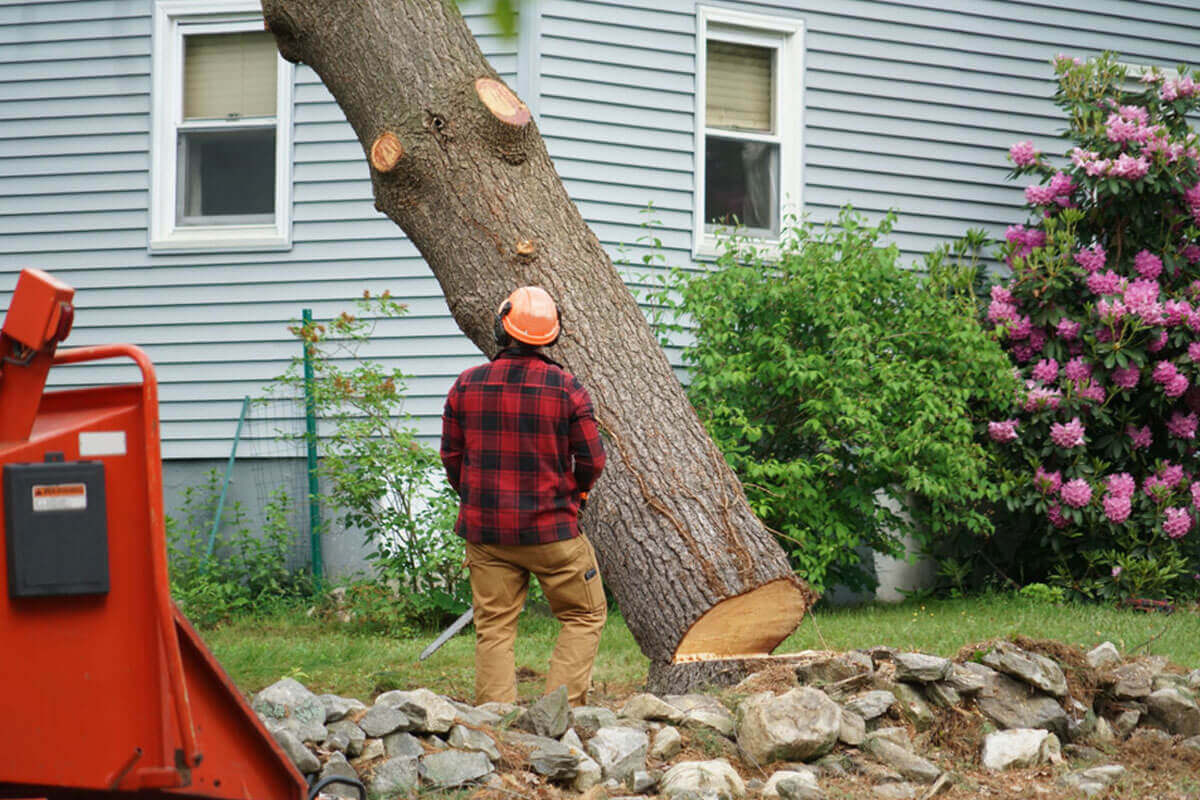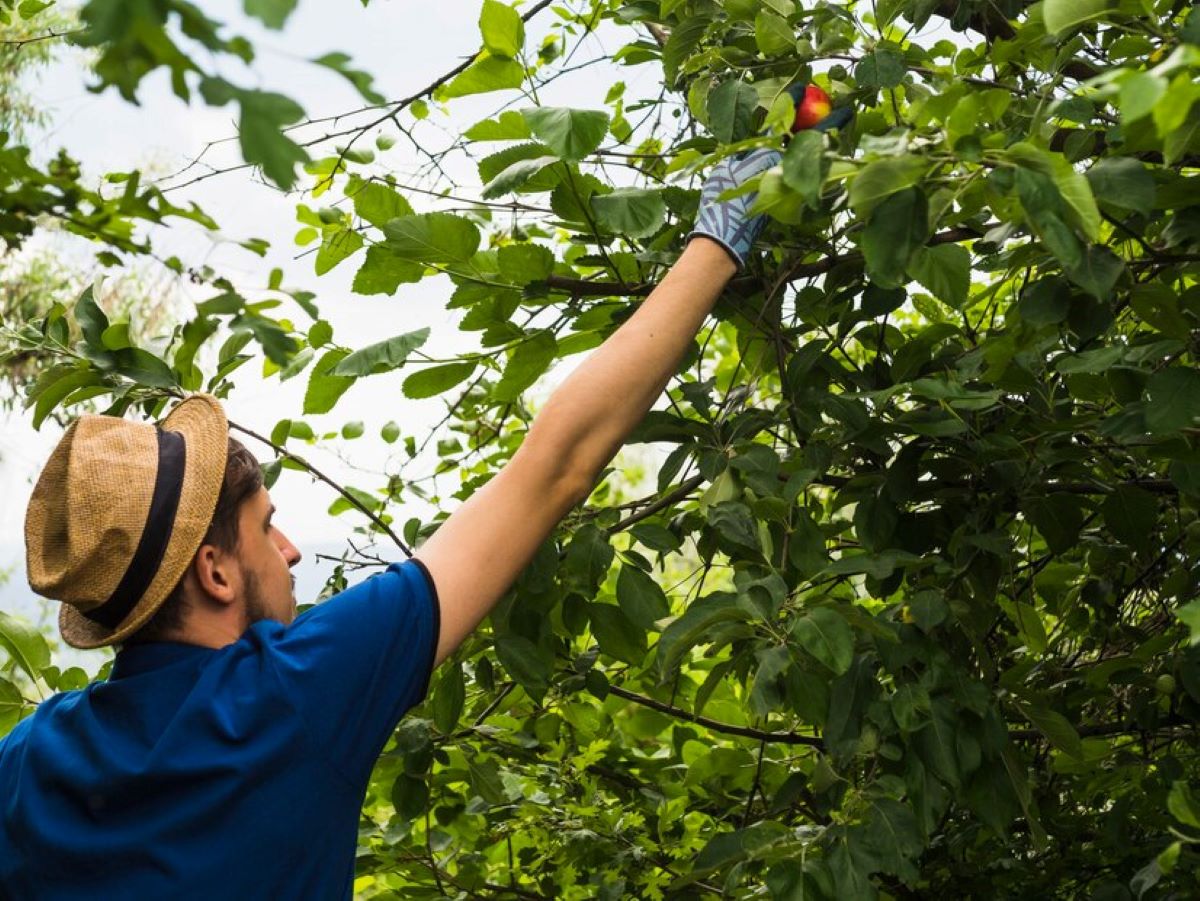Introduction
Tree removal is an essential part of maintaining a safe, beautiful, and functional outdoor space. Whether it’s an overgrown gum tree threatening your home, a diseased tree at risk of falling, or a stump taking up valuable garden space, hiring professional tree removal services ensures safety and compliance with local regulations.
However, as we head into 2025, the cost of tree removal in Australia is changing due to inflation, equipment costs, and increasing environmental standards. This guide explores average prices, key cost factors, and tips to save money while keeping your property safe.
Understanding Tree Removal Costs in 2025
The cost of tree removal in Australia typically ranges from $350 to over $5,000, depending on the tree’s size, location, and condition. On average, most homeowners spend $800–$1,500 for standard jobs.
Let’s break it down by common categories:
| Tree Size | Average Cost (AUD) | Description |
|---|---|---|
| Small Tree (under 5m) | $350–$700 | Easy access, minimal risk |
| Medium Tree (5–10m) | $700–$1,500 | Standard backyard trees |
| Large Tree (10–20m) | $1,500–$3,000 | Requires climbing or crane |
| Very Large Tree (20m+) | $3,000–$5,000+ | Complex removal with heavy equipment |
Prices in 2025 are expected to increase by 5–10% due to rising fuel costs, insurance premiums, and stricter safety regulations.
Key Factors That Affect Tree Removal Costs
1. Tree Size and Height
Taller and thicker trees require more labour, time, and safety gear. Removing a 20-metre eucalyptus will cost significantly more than a small ornamental tree.
2. Location and Accessibility
Trees in tight spaces or near power lines are harder to remove safely. The need for cranes or traffic control can increase your overall quote.
3. Tree Condition
Dead, rotting, or leaning trees may be more dangerous to cut down, increasing costs for safe tree removal.
4. Emergency Tree Removal Services
Urgent removals after storms or accidents often involve after-hours rates, lifting equipment, and quick response teams — usually 20–40% higher in cost.
5. Stump Removal
Many homeowners forget to factor in stump grinding. This can add $100–$500 depending on the stump’s size and depth.
6. Council Permits and Regulations
In most Australian states, you need council approval to remove protected species or trees within certain distances of structures. Permit fees and arborist reports can cost $75–$250.
Tree Removal Costs by State (2025 Estimates)
| State/Territory | Average Price Range |
|---|---|
| New South Wales (NSW) | $400 – $4,500 |
| Victoria (VIC) | $350 – $3,800 |
| Queensland (QLD) | $500 – $4,000 |
| Western Australia (WA) | $600 – $4,200 |
| South Australia (SA) | $400 – $3,500 |
| Tasmania (TAS) | $350 – $2,800 |
| ACT | $450 – $3,200 |
| Northern Territory (NT) | $500 – $3,500 |
Costs can vary significantly between urban and rural areas. Cities like Sydney, Melbourne, and Brisbane often charge higher rates due to access challenges and local safety requirements.
Why Hire a Professional Arborist?
Hiring a professional arborist ensures that the job is done safely and legally. Trained arborists:
- Assess whether the tree needs removal or can be pruned instead.
- Handle tree cutting with proper safety equipment.
- Dispose of debris and recycle green waste responsibly.
- Ensure compliance with council tree protection laws.
Attempting DIY tree removal can result in serious injury, fines, or property damage.

How to Save Money on Tree Removal
1. Bundle Multiple Trees
Removing multiple trees at once can lower the per-tree cost due to reduced setup and travel time.
2. Prepare the Site
Clear nearby obstacles and ensure easy vehicle access to reduce labour time.
3. Schedule During Off-Peak Seasons
Winter and early spring tend to be less busy for arborists, so you may get better quotes.
4. Get Multiple Quotes
Always compare at least three quotes from licensed tree removal services to ensure fair pricing and transparency.
5. Keep the Wood
If you plan to use logs as firewood or mulch, you can save on green waste disposal fees.
Safety and Environmental Considerations
Tree removal impacts both home safety and the environment. Here’s how to manage both responsibly:
- Hire professionals trained in eco-friendly practices.
- Recycle or repurpose wood waste.
- Plant replacement trees to restore lost canopy.
- Avoid removing healthy trees unless absolutely necessary.
A well-planned removal not only protects your property but also maintains ecological balance.
Post-Removal Care
After tree removal, your property may need extra care to restore balance:
- Fill the area where the tree stood with nutrient-rich soil.
- Replant native shrubs or small trees to prevent erosion.
- Water surrounding plants to help them adjust to the new sunlight.
- Schedule periodic tree maintenance with an arborist.
Future of Tree Removal Costs in Australia
As sustainability and environmental awareness continue to grow, arborists are adopting new technologies like electric chainsaws and eco-friendly disposal methods. This shift may stabilize prices after 2025, even with increased operational costs.
Homeowners can expect greater transparency, safer practices, and a stronger focus on environmental responsibility in the years ahead.
Conclusion
Understanding the cost of tree removal in Australia (2025) helps you make informed, budget-friendly decisions. While prices vary based on size, location, and complexity, hiring a professional arborist guarantees safety, compliance, and peace of mind.
Whether you’re dealing with a dangerous gum tree or planning a complete landscape overhaul, investing in professional tree services today can prevent costly damage tomorrow.
FAQS
On average, tree removal costs between $350 and $5,000, depending on size, location, and difficulty. Urban areas like Sydney or Melbourne tend to be more expensive due to permits, accessibility, and professional equipment needs.
Yes. Taller trees are more difficult and risky to remove. They require specialized climbing gear or cranes, increasing costs. Generally, trees over 10 metres cost twice as much as small trees under 5 metres.
DIY tree removal is risky and often illegal without council approval. It can lead to fines, injuries, or property damage. Always hire a licensed arborist for safe tree removal and compliance with local laws.
In most council areas, yes — especially for protected species or trees above a certain size. Check your local council’s tree preservation rules or ask your professional arborist to handle the paperwork.



